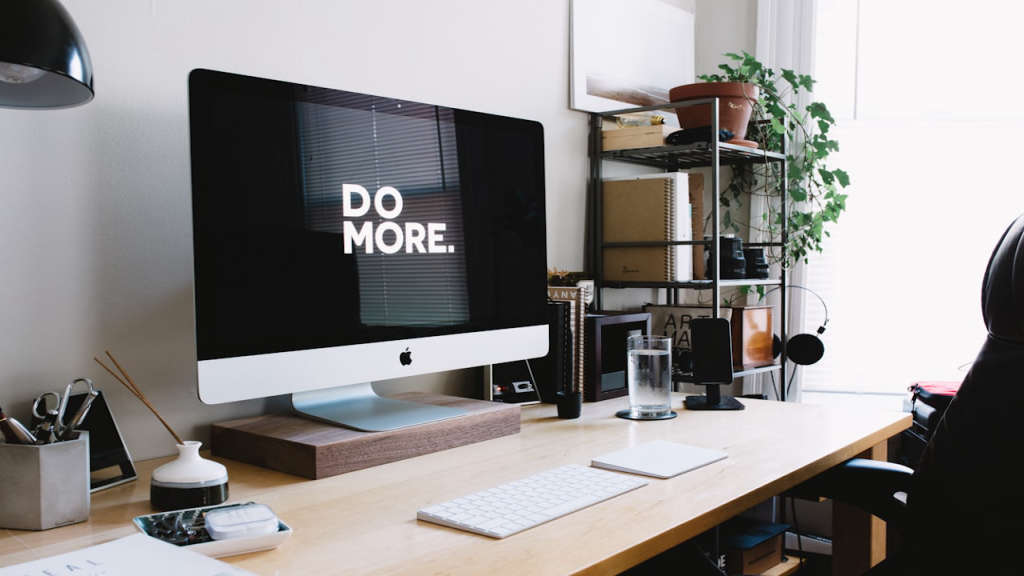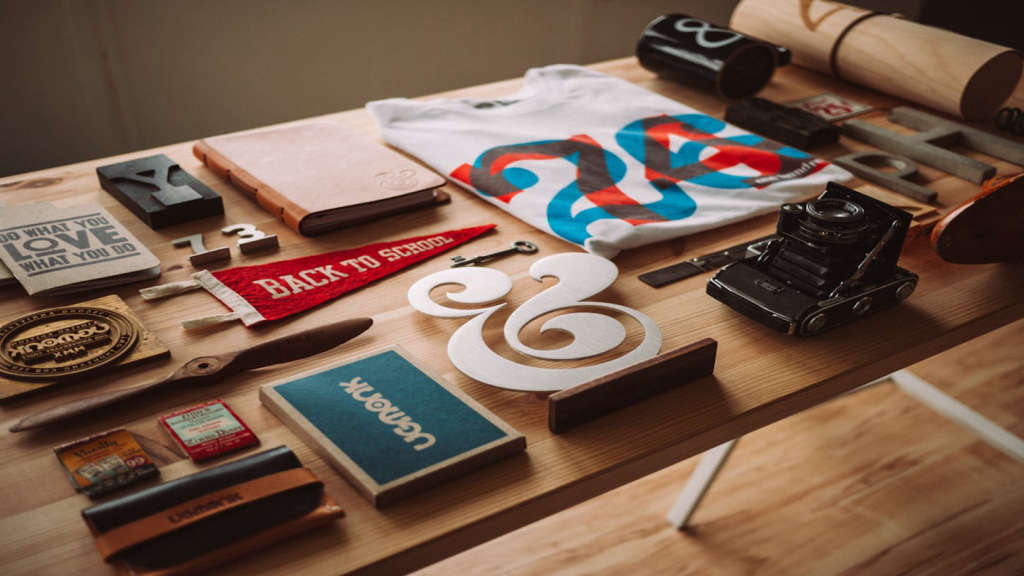
Looking for inspiration when designing a logo can sometimes feel like searching for a needle in a haystack. However, finding the perfect logo design inspiration is essential to creating a memorable and impactful logo that resonates with your audience. From nature to architecture, from history to modern art, inspiration can be found in countless places.
Main Points:
- Exploring different sources of inspiration
- Utilizing color psychology in logo design
- Embracing simplicity and versatility
- Staying true to the brand’s identity

Understanding the Fundamentals of Logo Design
Logo design is a crucial aspect of branding and marketing for any business. A well-designed logo can leave a lasting impression on customers and help differentiate a company from its competitors. To create a successful logo, it is essential to understand the fundamentals of logo design.
Key Elements of Logo Design:
- Simplicity: A good logo should be simple and easy to recognize. Avoid clutter and overly complex designs that can confuse viewers.
- Memorability: A logo should be memorable and leave a lasting impression on customers. Think of iconic logos like the Nike swoosh or the Apple logo.
- Relevance: A logo should be relevant to the business it represents. It should reflect the company’s values, products, or services.
When designing a logo, it is crucial to consider the target audience and the message you want to convey. Researching 2024 Graphic Design Trends can also help you stay current and create a logo that is both timeless and modern.
By understanding the Top Graphic Design Trends 2024 and the Future of Graphic Design 2024, you can incorporate new techniques and styles into your logo design process. Whether it’s minimalist designs, bold colors, or innovative typography, staying ahead of trends can set your logo apart from the competition.
Remember, a well-designed logo is a powerful tool that can help your business stand out and make a lasting impression on customers. By mastering the fundamentals of logo design and keeping up with the latest trends, you can create a logo that truly represents your brand and resonates with your target audience.

Exploring Iconic Logos for Design Inspiration
Iconic logos have the power to leave a lasting impression on consumers and become synonymous with a brand’s identity. From the golden arches of McDonald’s to the swoosh of Nike, these logos are instantly recognizable and hold a special place in pop culture.
When it comes to logo design, looking at iconic logos can provide valuable inspiration for creating a unique and memorable brand identity. By analyzing the elements that make these logos successful, designers can learn important lessons about simplicity, versatility, and impact.
Lessons from Iconic Logos:
| Logo | Brand | Lesson |
|---|---|---|
| Apple | Apple Inc. | Embrace simplicity and minimalism |
| Coca-Cola | The Coca-Cola Company | Consistency is key for brand recognition |
| IBM | International Business Machines Corporation | Focus on timeless design that transcends trends |
By studying iconic logos across different industries, designers can gain valuable insights into what makes a logo successful and enduring. Incorporating elements of simplicity, versatility, and impact can help create a logo that stands the test of time and represents a brand effectively.

Utilizing Color Psychology in Logo Design
Color psychology plays a crucial role in the world of design, especially when it comes to creating a logo that truly resonates with its audience. Colors have the power to evoke emotions, convey messages, and create a strong brand identity. By understanding the psychology behind different colors, designers can effectively communicate the brand’s message and values to the target audience.
The Power of Red
Red is a bold and energetic color that is often associated with passion, power, and excitement. Brands that use red in their logos are perceived as dynamic and daring. Red can create a sense of urgency and stimulate appetite, making it a popular choice for food and beverage brands.
The Serenity of Blue
Blue is a calming and trustworthy color that is often used by brands in the finance, technology, and healthcare industries. Blue conveys a sense of stability and reliability, making consumers feel secure and confident in the brand. It is also a versatile color that can be used in various shades to evoke different emotions.
The Creativity of Yellow
Yellow is a vibrant and cheerful color that is often associated with creativity, optimism, and warmth. Brands that use yellow in their logos are seen as innovative and friendly. Yellow can grab attention and create a sense of positivity, making it a great choice for brands that want to stand out and be memorable.
In conclusion, the strategic use of color psychology in logo design can significantly impact how a brand is perceived by its audience. By carefully selecting the right colors and understanding their psychological effects, designers can create logos that not only look visually appealing but also effectively communicate the brand’s values and messages.
Incorporating Typography Trends into Logo Creation
When it comes to creating a logo for your brand, typography plays a crucial role in making a lasting impression. Incorporating the latest typography trends into your logo design can help your brand stand out and stay relevant in today’s competitive market.
1. Bold and Modern Fonts
One of the current typography trends in logo design is the use of bold and modern fonts. These fonts can make a statement and grab the attention of your target audience. Bold fonts convey strength and confidence, making them a popular choice for companies looking to make a bold statement.
2. Minimalist Typography
Minimalist typography is another trend that has been gaining popularity in logo design. This trend focuses on simplicity and clean lines, often using sans-serif fonts to create a modern and sophisticated look. Minimalist typography can help your logo appear timeless and elegant.
3. Custom Lettering
Custom lettering is a unique way to incorporate typography trends into your logo design. By creating custom lettering, you can give your logo a personalized touch that sets it apart from the competition. Custom lettering allows you to showcase your brand’s personality and creativity.
4. Serif Fonts
While sans-serif fonts have been dominating the logo design world, serif fonts are making a comeback. Serif fonts can add a touch of sophistication and tradition to your logo, making it suitable for brands looking to convey a sense of heritage and trustworthiness.
5. Handwritten Typography
Handwritten typography adds a human touch to your logo and can create a sense of authenticity. This trend is popular among brands that want to appear approachable and friendly. Handwritten typography can help your logo connect with your audience on a personal level.
| Trend | Description |
|---|---|
| Bold and Modern Fonts | Make a statement with bold typography choices. |
| Minimalist Typography | Keep it simple and classy with minimalist fonts. |
| Custom Lettering | Add a personalized touch to your logo design. |
| Serif Fonts | Bring a touch of sophistication with serif fonts. |
| Handwritten Typography | Create a personal connection with handwritten fonts. |
By incorporating typography trends into your logo creation process, you can create a logo that is not only visually appealing but also reflects the essence of your brand. Experiment with different typography styles and find the one that best represents your brand’s identity and values.
Harnessing the Power of Negative Space in Logo Design
When it comes to logo design, the use of negative space can be a powerful tool to create a memorable and impactful design. Contrary to popular belief, negative space is not just empty space; it is an integral part of the design that can help convey a message or create a visual illusion.
One of the most famous examples of negative space in logo design is the FedEx logo. At first glance, it may just look like the company name in purple and orange font. However, if you look closely, you’ll notice that there is an arrow hidden between the “E” and the “X”. This clever use of negative space not only makes the logo more visually interesting but also reinforces the idea of movement and speed, which are key attributes of a delivery company.
Another great example of using negative space in logo design is the logo for the World Wildlife Fund (WWF). The iconic panda logo uses the black and white colors of the panda itself, as well as the white space within the panda’s body to create the shape of a globe. This simple yet effective use of negative space reinforces the organization’s message of conservation and global impact.
Key Takeaways:
- Clever use of negative space can create visual interest and reinforce a brand’s message.
- Simple yet effective designs can make a lasting impact on consumers.
- Attention to detail is crucial when incorporating negative space into logo design.
In conclusion, harnessing the power of negative space in logo design can elevate a brand’s visual identity and make it stand out from the competition. By thinking outside the box and incorporating clever design elements, designers can create logos that are not only visually appealing but also meaningful and memorable.
Conclusion
In conclusion, Logo Design Inspiration plays a crucial role in creating a unique and memorable brand identity. It is essential to explore different creative ideas and concepts to come up with a logo that accurately represents your brand values and resonates with your target audience. By seeking inspiration from various sources and staying updated on current design trends, you can create a logo that stands out and makes a lasting impression on your customers. Remember, the key to a successful logo design is to be original, relevant, and timeless.
Frequently Asked Questions
What are the essential elements of a successful logo design?
A successful logo design typically includes elements such as simplicity, memorability, versatility, and relevance to the brand.
How can I find inspiration for creating a unique logo design?
You can find inspiration for creating a unique logo design by researching trends, studying great designs, and exploring different design styles.
What software can I use to design a logo?
Popular software options for designing a logo include Adobe Illustrator, CorelDRAW, and Inkscape.
What file formats should I use when saving a logo design?
It’s recommended to save your logo design in vector formats such as AI, EPS, or SVG for scalability and versatility.
Should I hire a professional designer for my logo?
Hiring a professional designer is advisable if you want a high-quality and unique logo design that effectively represents your brand.
